Silver, wood with silver ornaments (bases).
Augsburg.
ca. 1650-1700, 18th century (bases).
h. 6,7 in.
Pair of zoomorphic drinking vessels in the shape of a rearing lion and a horse, both made of silver and finely chased.
Zoomorphic drinking vessels, in the shape of animals, were a popular form of welcome cups at the princely courts of southern Germany during the 16th and 17th centuries. Ceremonial drinking, usually of wine, was of great importance in diplomatic and princely proceedings in southern German-speaking lands, and the Willkomm, or welcome cup, played an integral part in various legal acts, including certain contracts and treaties. Gold or silver drinking vessels, for this reason, were among the most prestigious commissions for German gold- and silversmiths, and these elaborately designed cups often had a symbolic relationship with the legal act during which they were used.
The rearing horse (Springendes Pferd) is closely related, both stylistically and in terms technique, to a drinking vessel by the gold- and silversmith Jeremias Michael, marked in Augsburg between 1613 and 1615, and now held in the Bayerisches Nationalmuseum in Munich. Welcome cups featuring rearing horses, rarer than those shaped like hunting game, likely served a purpose beyond the mere formalisation of legal acts, and were often being awarded as prizes in competitions and tournaments.
The lion, a rarer figure in ceremonial drinking, is consequently less common. It can be compared to a cup dating from the late 16th to early 17th century attributed to the gold- and silversmith Leonard Umbach, also from Augsburg.
The bases of these cups were removable, as were the heads of the animals. It would otherwise be impossible to drink from the cups. This is why the original bases and terraces of many of such pieces have been lost. They were often replaced, as it is here the case, by more sober bases made of wood ornated with subtle silver elements, following the tradition of furniture, cabinets, automaton bases and clocks produced in southern Germany from the 16th century onwards. The loss of the original terrace, as with many other pieces of silverwork, makes it almost impossible to attribute these cups, as the silversmith’s hallmark was usually stamped on the terrace to preserve the modeled figures. The most probable hypothesis, based on the comparison of technique and form, is that these cups were made by a silversmith from Augsburg, likely a follower of Jeremias Michael, and consequently dating to the later part of the 17th century.
Sources
Timothy Schroder, The Art of the European Goldsmith. Silver from the Schroder Collection, New York, 1988 ; Lorenz Seelig, ‘Drinking Vessels and Display Platters for Courtly Tables and Buffets’, in Silver und Gold. Courtly Splendour from Augsburg, 1995, Munich ; Helmut Seling et Stephanie Singer, Die Augsburger Gold- und Silberschmiede. 1529-1868 : Meister, Marken, Werke, Munich, 2007.




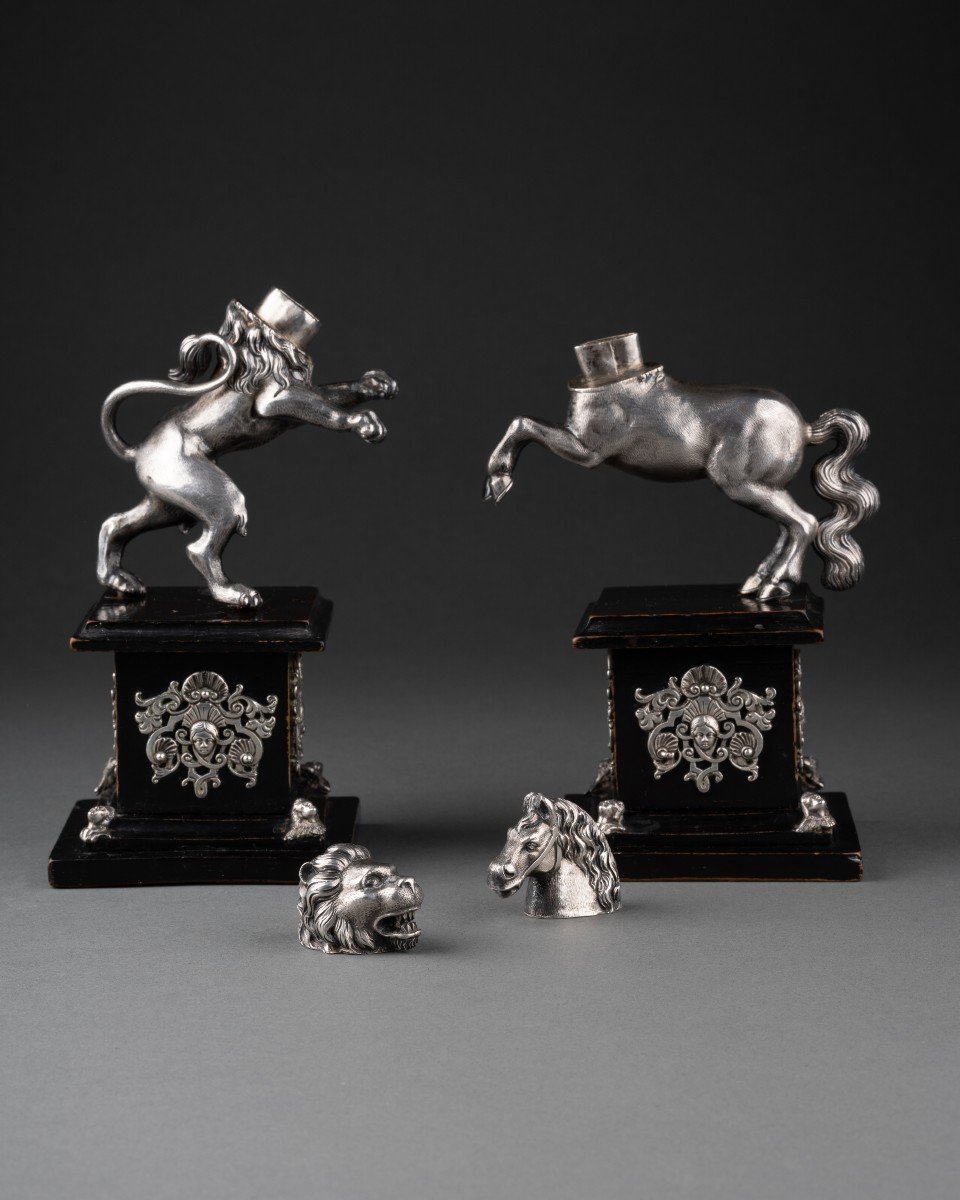




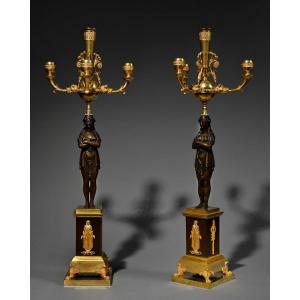
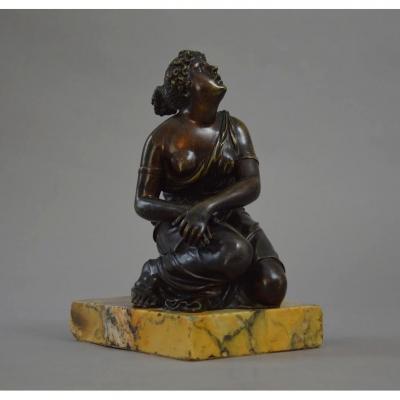

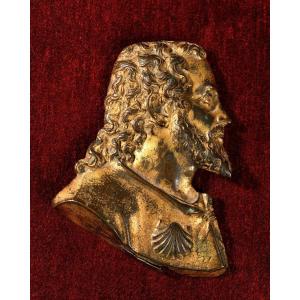
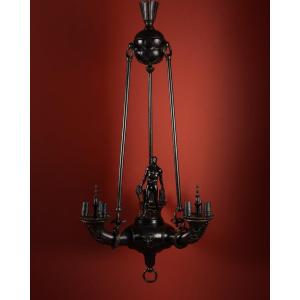
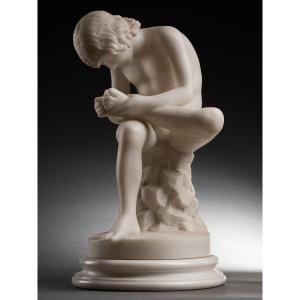

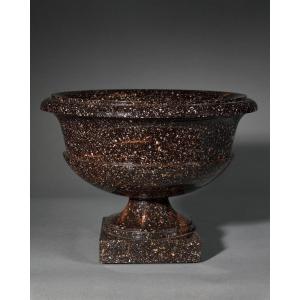



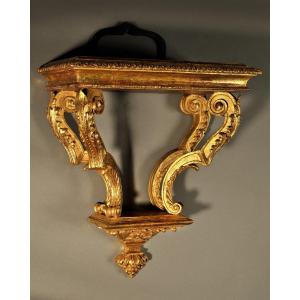
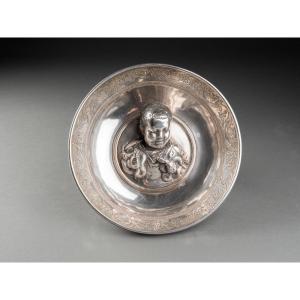
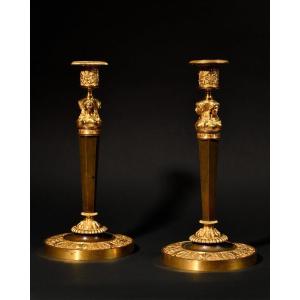




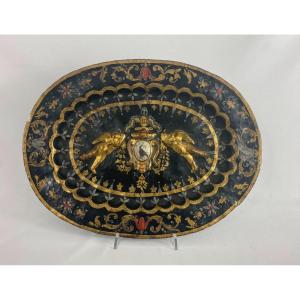




 Le Magazine de PROANTIC
Le Magazine de PROANTIC TRÉSORS Magazine
TRÉSORS Magazine Rivista Artiquariato
Rivista Artiquariato